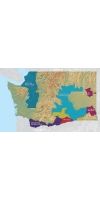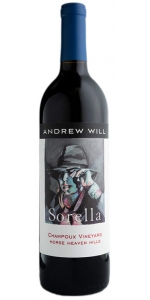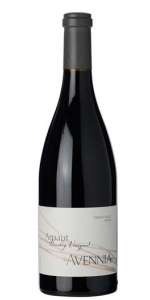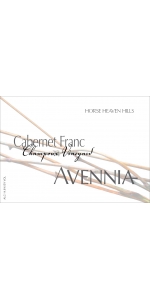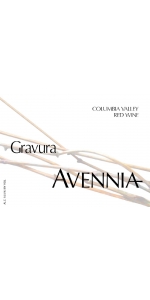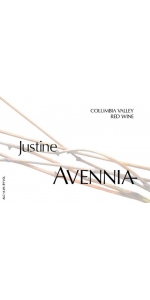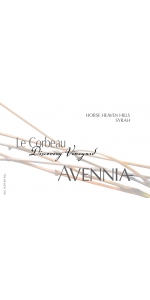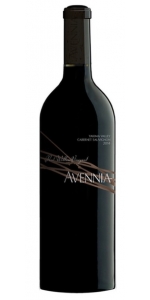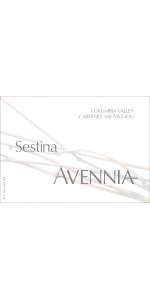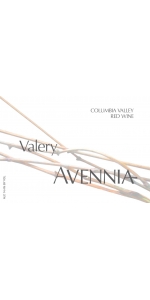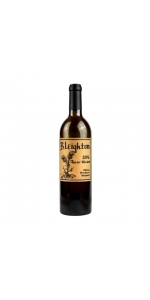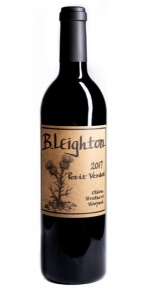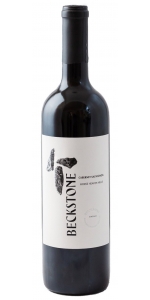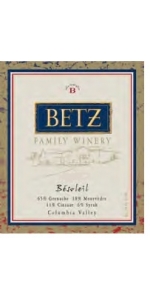For only stretching 12 acres, our Estate Cabernet Sauvignon vineyard offers quite a variation in terroir. With the main block sloping both to the southwest and the northeast, our yields produce drastically different fruit. The smaller block has terraced rows that curve from the south to the east.
Smith Ranch Vineyard
Planted in 1998, the Smith Ranch grows Cabernet Sauvignon, Clone 337, at around 600 feet. Sloping to both the east and the west, this Alexander Valley hilltop vineyard produces aromatic, intense fruitiness in the glass.
Wessel Vineyard
Located not far from the winery, Wessel is a well-managed hilltop vineyard located on the Dry Creek Ridge of the Alexander Valley. Growing Cabernet Sauvignon, Clone 337, this block produces a prominent tannin structure in the glass. Grower Dennis Wessel is often found tinkering around his vineyard making sure every vine is well manicured and to his high-quality standard
Review:
Aromas of bright raspberry, Amarena cherry, cocoa and mint mingle on the nose of this charming Cabernet. The palate is plush and ripe, giving spiced black cherry fruit with zippy acid that takes center stage before the plush tannins preside on the finish.
-Wine Enthusiast 91 Points

